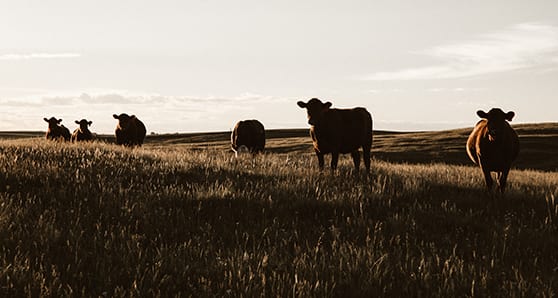 Dairy farmers can no longer say that supply management allows them to produce milk for Canadians without any subsidies. That all changed last week. But dairy farmers shouldn’t just be compensated, they also deserve a continuing strategy. And right now, there isn’t one.
Dairy farmers can no longer say that supply management allows them to produce milk for Canadians without any subsidies. That all changed last week. But dairy farmers shouldn’t just be compensated, they also deserve a continuing strategy. And right now, there isn’t one.
The federal Liberal government basically took the same approach the former Conservative one intended to take back in 2015 when trade deals were signed for almost the same amount.
We now know the terms of dairy farmers’ compensation: each Canadian will give $46 to dairy farmers over the next eight years while paying exorbitant retail prices for many dairy products.
Eggs and poultry are coming next.
And don’t hold your breath because more money given to dairy farmers won’t change much at the grocery stores. We’ll have more variety due to more foreign products coming in but prices won’t drop any time soon.
But the announcement last week by Agriculture Minister Marie-Claude Bibeau was expected.
A total of $1.75 billion will be given for losses after trade pacts were struck with the European Union and Pacific nations. The announcement doesn’t include the looming trade deal with the Americans and Mexico
Losses are assumed but no one knows exactly how much each farmer will lose.
Supply management is a quota system designed to allow dairy farmers to fulfil domestic requirements. Few competing products can come into Canada due to the high tariffs on imports but that’s slowly changing. With the European and Pacific trade deals, more foreign products will come into the Canadian market tariff-free.
Dairy farmers can no longer milk the system by Sylvain Charlebois
However, the trade deals only give more market access to partnering countries.
The implication that we need less milk from our own dairy farmers is purely hypothetical; if the system remains unchanged, obviously less milk will be required from our own dairy farmers. But innovation, plus plans to conduct more research, develop new products and apply demand-driven economics could, in fact, increase our need for domestic production.
The program announced last week has no plan, no strategy at all, just payments for eight years and a hope that things will improve. It’s like giving an illicit drug to someone with a substance abuse problem. The program doesn’t fix anything.
In fact, it could actually make things worse. Some estimates suggest that the 10,600 Canadian dairy farms own about $24 billion worth of quotas. The compensation package roughly equates to about eight per cent of the total value of dairy quotas and that amount is no coincidence. This percentage is what dairy farmers ceded in market shares with the two trade deals.
So Ottawa is buying back dairy quotas without buying them back. The government is giving our dairy farmers options but without offering farmers a buyout program, like we’ve seen in other countries where supply management was dismantled.
It’s a missed opportunity but buying out dairy farmers would have been political suicide leading up to the Oct. 21 federal election. Just ask Maxime Bernier, who lost a bid for the federal Conservative leadership after he promised to dismantle the supply management system.
According to Statistics Canada, the average dairy farm is worth $5 million and the average dairy farmer earns $160,000 a year.
The program, which will be co-ordinated by the Canadian Dairy Commission, will not cover potential losses incurred by dairy processors, artisan cheese makers, goats’ milk and cheese producers, or many other specially product makers. Many bright entrepreneurs in the dairy industry will be hard hit by more competition.
This points to how fixated our policy-makers are on the quota system. Ottawa has the affluent members of the dairy community covered and the rest can fend for themselves.
This needs to change.
Global markets and trades make it impossible for a closed, exclusive system like supply management to survive. Signing trade deals is necessary and, yes, financially supporting our dairy sector will become a necessary evil. Most countries do it.
But supply management needs a reboot. We could lose almost half of the dairy farms we have by the year 2030, even with the compensation program.
A new plan for supply management should clearly focus on farm and processing competitiveness, and it should provide proper coverage of all markets in Canada.
Half of our dairy farms are in Quebec because most of the processing occurs in that part of the country. If we’re to maintain supply management and regular subsidies, dairy farms should be more evenly distributed across the country. Because of operational and input costs, Ontario and Quebec have advantages over the Prairies and the Maritimes.
By just offering payments to dairy farmers, everyone loses – dairy farmers most of all. Farmers deserve more than just a cheque once a year. Otherwise, we should just call it dairy welfare.
Dr. Sylvain Charlebois is senior director of the agri-food analytics lab and a professor in food distribution and policy at Dalhousie University.
Sylvain is a Troy Media Thought Leader. Why aren’t you?
The views, opinions and positions expressed by columnists and contributors are the author’s alone. They do not inherently or expressly reflect the views, opinions and/or positions of our publication.


